Date: 11 September 2014
In order to maintain the high level of research and development activity, the group has spent around EUR 80 million during its anniversary year. “Investments in a well-equipped, application-oriented central research department that is well networked within the company offer the best possible prerequisites for advancing innovations more quickly and thus increasing our market and growth chances,” explains Dr.Hans-Joachim Konz, the SCHOTT Board member responsible for research.
.jpg)
The Otto Schott Research Center has been actively pursuing application-oriented glass development for 25 years. Its multifunctional service center functions as a ‘think tank’ for the company by driving innovative products and technologies and bringing them to market together with the operative Business Units. Photo: SCHOTT
SCHOTT invested approx. 50 million deutschmarks (= EUR 25 million) in a future-oriented project at its main site in Mainz back in 1989: a research and technology center that was given the name “Otto Schott Research Center” in honor of the glass researcher and company founder. The impressive new building on Lerchenberg in Mainz created a new dimension for the researchers, engineers, and application experts who were spread across many laboratory buildings and external sites at the time. A research infrastructure that included modern laboratories and analysis devices, related workshops and clean rooms and an 8,000 square meter experimentation hall on the 4,000 square meter lot was built. Today, the Otto Schott Research Center presents itself as a multifunctional innovation and research center. An analytic and measurement technology service that offers more than 300 measurement techniques and problem-solving procedures and SCHOTT Pharma Services with its analytical laboratory services are located under its roof. The development of computer technology has dramatically changed the glass experts’ work: nearly all relevant manufacturing processes can now be simulated on the computer extremely accurately and material properties can be calculated very precisely in advance.
.jpg)
Flat glasses and glasses that are three dimensional in shape are coated at the Otto Schott Research Center’s technical center. The PICVD (Plasma Impulse Chemical Vapour Deposition) technology that is used here gives them new multifunctional properties and can even make them scratch-resistant, “invisible,” or water-repellent. Photo: SCHOTT
Megatrends like conserving energy and resource efficiency will rank among the most important drivers of innovation in the next decade. This is a job for SCHOTT material research in particular when it comes to making glasses thinner, yet stronger, storing energy better, reducing the amount of energy used in melting technology or developing “green” glasses with improved material properties and functionalities. “As an innovation partner, we open up new business opportunities and secure our existing activities by developing new and improving existing materials and technologies,” says Dr. Martin Heming, Head of SCHOTT Research and Development.
.jpg)
Glass developers at SCHOTT use techniques that rely on short-wave infrared radiation to shape glass. Photo: SCHOTT
The global R&D network with its roughly 600 qualified employees is also a crucial element of SCHOTT’s power of innovation. They cover fields ranging from applied research to product development and market introduction. The network spans from Mainz and its research arm in Duryea/USA to the R&D units inside the Business Units all the way to the application centers in China, Korea and Japan. The external network encompasses more than 120 partners, including universities and institutes. As SCHOTT Research Fellow Dr. Roland Langfeld puts it: “We want to leverage all of this in order to be able to maintain our new product ratio of 30 percent in the future.”
.jpg)
SCHOTT is an international technology group with 130 years of experience in the areas of specialty glasses and materials and advanced technologies. SCHOTT ranks number one in the world with many of its products. Its core markets are the household appliance, pharmaceutical, electronics, optics, and transportation industries. The company is strongly committed to contributing to its customers’ success and making SCHOTT an important part of people’s lives with high-quality products and intelligent solutions. SCHOTT is committed to managing its business in a sustainable manner and supporting its employees, society and the environment. The SCHOTT Group maintains close proximity to its customers with manufacturing and sales units in 35 countries. Its workforce of 15,400 employees generated worldwide sales of approximately 1.84 billion euros for the 2012/2013 fiscal year. SCHOTT AG, with its headquarters in Mainz (Germany) is owned by the Carl Zeiss Foundation.

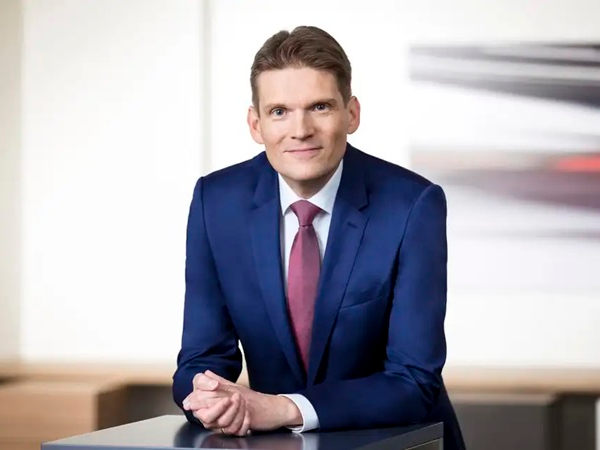
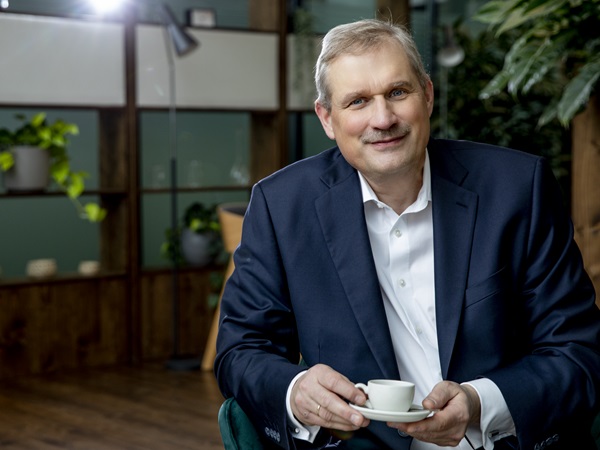
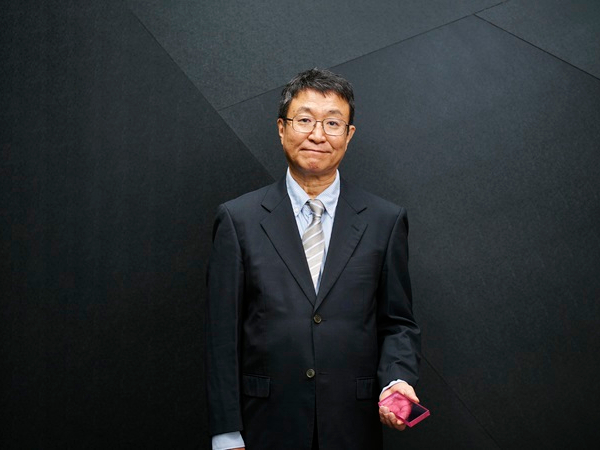
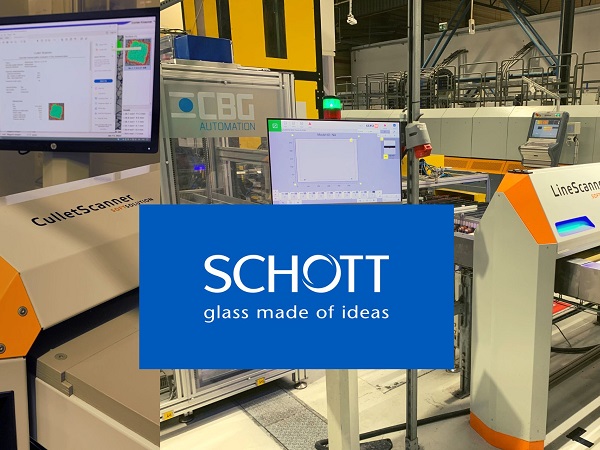
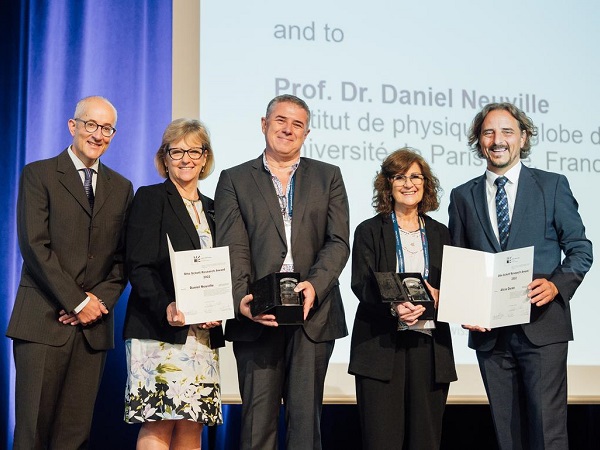
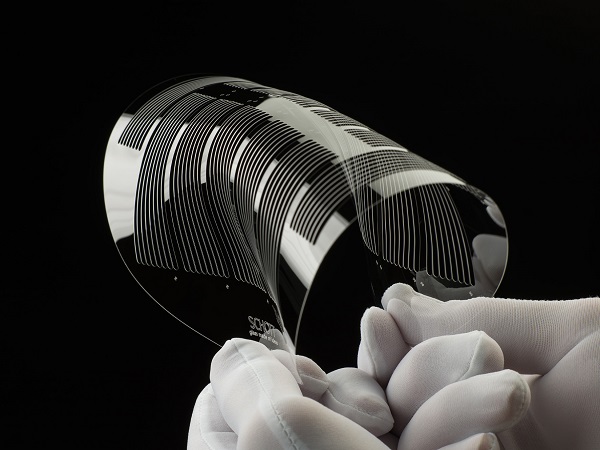
Add new comment